

Order Ephemeroptera - Mayflies, Spinners (Top)
|
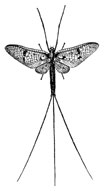 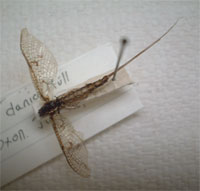 |
Ephemeroptera are unique in that an adult, winged form, the subimago, emerges from the nymph and then undergoes a further moult before becoming the mature imago. No other insects moult once fully winged.
The subimago is dull in colour, but the full colours appear on the imago. These stages are represented by the duns, spinners and drakes of fly fishermen.
Mayfly nymphs have paranotal lobes which resemble the earliest insect wings.
Male eyesight is adapted to locate females amongst the dense swarm of males, despite dim light.Order Odonata - Dragonflies, Damselflies (Top)
|
The largest dragonflies ever found are fossilised Meganeura monyi, with a wingspan of 75cm.
Odonata are known as "Bird-watchers insects" because their activities are very eye-catching and easy to see.
The fastest dragonfly flight recorded is 58km/h for the Australian species Austrophlebia coastalis.
The Suborder Anipsoptera is divided into two groups: "Hawkers", which patrol a hunting territory, and "Darters", which stay on a perch and dart out at passing prey.
Odonata spend most of their lives as aquatic nymphs, e.g. members of the Suborder Anisoptera spend up to five years as large, carnivorous nymphs, impaling prey on the spines of the extensile lower jaw, or mask. The adults live for about four weeks.
Suborder Zygoptera
|
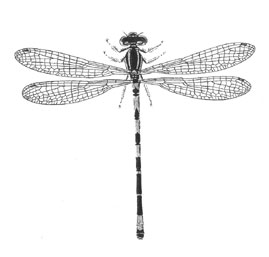 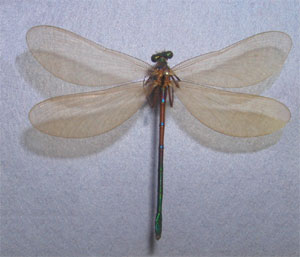 |
Suborder Anisoptera
|
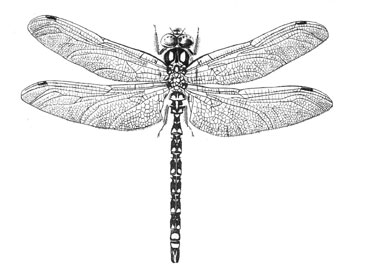 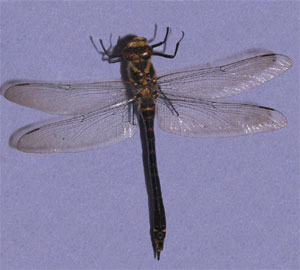 |






